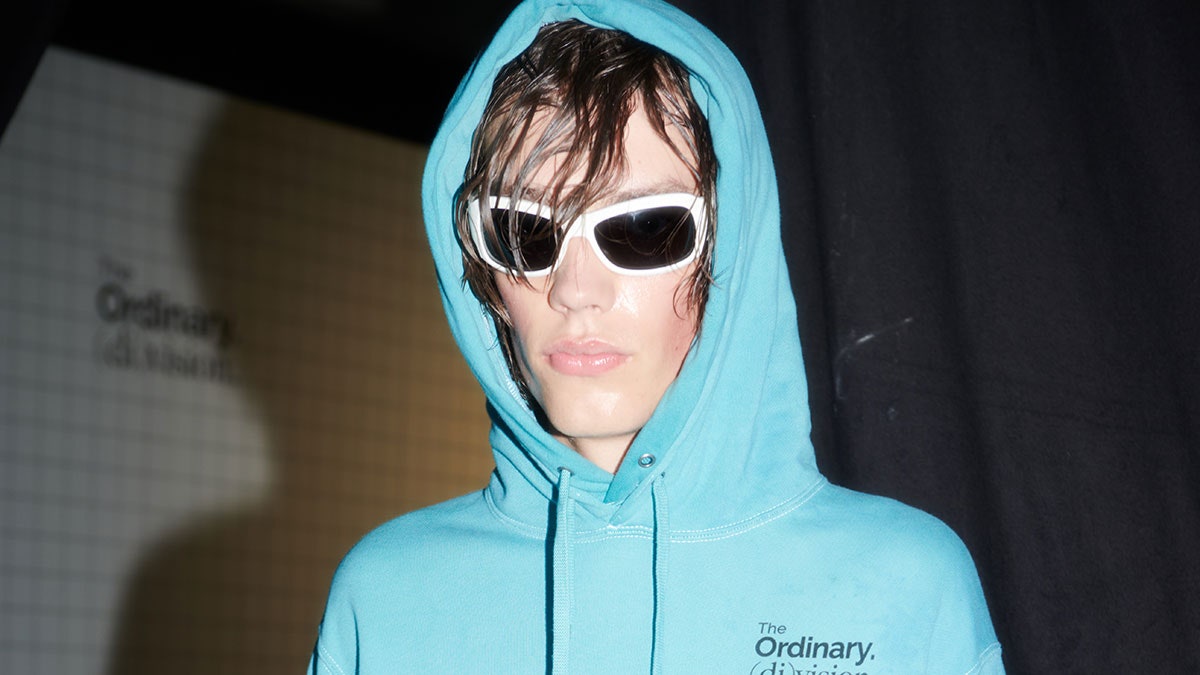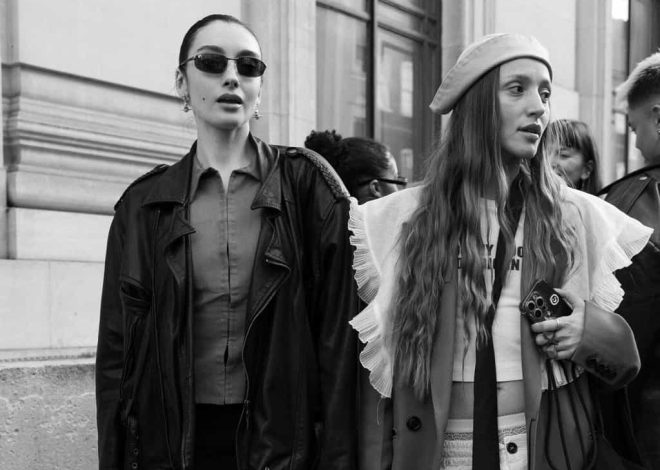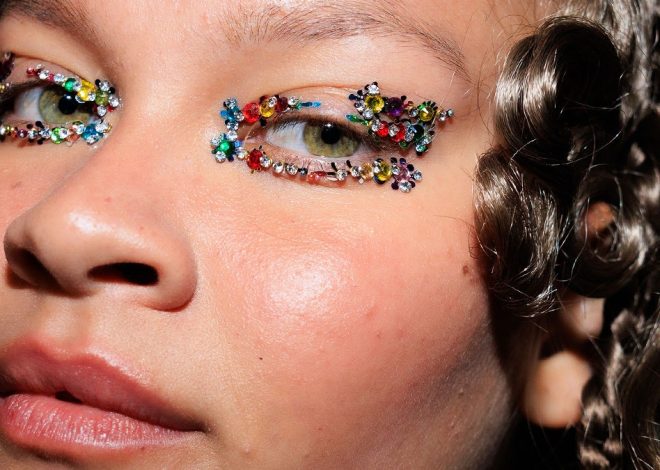
How beauty brands cut through the fashion week noise
It’s a similar story for The Ordinary, which says its decision to dress models in The Ordinary-coded clothes was a way of stepping outside of beauty to explore where it could show up in unexpected places, as well as to diversify its audience while pushing the boundaries of how a skincare brand can show up in the cultural zeitgeist. Per brand performance agency Launchmetrics, this collaboration earned the brand $112,000 in media impact value (MIV) and 1.9 million video views. (MIV analyses the monetary value of posts, article mentions and social media interactions.) “We also noticed an increase in social media mentions and engagement from show attendees and fashion enthusiasts who appreciated the creativity. These are important indicators of how our involvement drove awareness in new consumer categories,” the brand said over email.
Hourglass tapped TikTok content creator Nara Smith to host a meet and greet at its NYFW pop-up, which Smith detailed in a vlog to her 9.6 million followers. The video garnered 7.6 million views. “It’s not by any means ‘traditional backstage beauty’, but it’s the behind-the-scenes access that today’s beauty community craves — Smith blend of high fashion and accessible glamour builds a meaningful connection between Hourglass and Smith’s audience,” adds Caner Daywood, director of content strategy at creator agency Buttermilk. The metric was more light hearted for Starface. “We wanted to embrace the fun side of the brand that helps our community express themselves. They inspire joy, which is always one of our main goals,” says Paige Kozak, Starface’s director of social and content.
What happens to backstage beauty?
Backstage beauty will always be a part of brands’ fashion week plays, but for beauty brands to cut through the noise, they’ll need to rethink how to approach it. “Now, it’s about creating a cultural moment; an authentic collaboration between fashion and beauty that captures the attention, imagination and spending of a wider audience — outside of purely the beauty obsessed,” says Madeleine Boyd, Karla Otto SVP of global beauty. She says backstage beauty should be a space where beauty brands capture assets that feature aspirational or tutorial-based social content to demonstrate how products work and can look across a diverse model casting.
Instagram content
This content can also be viewed on the site it originates from.
Patrick Ta Beauty and Tresemmé are examples of this consideration. Patrick Ta used the backstage of Monse to showcase his new foundation launch on the runway, and followed the moment up with vlog-style content on Instagram and TikTok detailing the product application and seeing it in action on a range of models. Tresemmé used its backstage access at Simkhai, Christian Siriano, Area and Luar to create a “new view of the runway” where hair was the main character — content included runway footage and tutorials of the hair looks. The approach garnered $679,000 in earned media value (EMV) as per influencer insights firm Lefty’s SS25 beauty brand activation data. (EMV is the equivalent monetary ad spend of the impressions gained.)
“It’s performance art for brands, especially with real-time social media exposure. It’s still a powerful platform to showcase innovation and expertise, and it can provide credibility if executed well. But for consumers, it’s no longer the untouchable world it used to be. It’s about authenticity now — people want to feel like they’re part of that backstage moment, not just observing it,” concludes Salgardo.
Comments, questions or feedback? Email us at [email protected].


